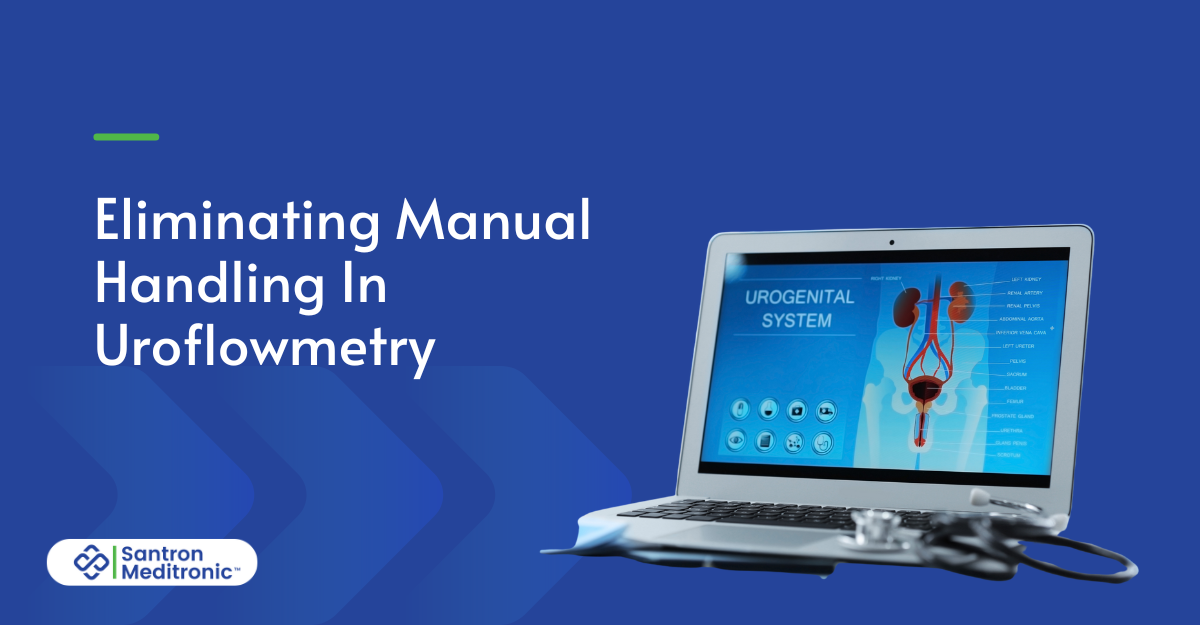Urodynamic testing involves a series of tests that measure the functioning of the lower urinary tract. This includes the bladder, which stores the urine, and the urethra, the tubes that connect the bladder to the outside. Urodynamic testing demonstrates how the bladder functions and releases urine.
Urodynamic testing in children has become fairly common these days. It helps to diagnose and manage urinary disorders, such as neurogenic bladder or bladder overactivity, in children. These disorders, if left untreated, can significantly impact a child’s quality of life, leading to physical discomfort, emotional trauma, and developmental challenges.
Understanding Urodynamic Testing in Children
Children’s urinary systems are still developing. Consequently, they may face symptoms of urinary issues that differ significantly from adults. Additionally, many children may struggle to adequately articulate their symptoms, leaving certain urinary conditions absolutely undetected.

Image: Source
Accurate urodynamic testing can help to understand how well the bladder, urethra, and pelvic muscles are performing. These tests offer precise data about bladder pressure and control, enabling healthcare practitioners to identify the root cause of urinary problems.
With pediatric urodynamic testing, you can easily get a clear picture of the issue, ensuring that caregivers can tailor treatments based on the child’s developmental stage and medical history.
Benefits of Urodynamic Testing in Children
Conducting urodynamic testing offers a plethora of benefits for children and their families. Here are some of the most notable ones:
- Accurate diagnosis of urinary issues: Urodynamic testing can offer accurate and detailed insights into the functioning of the urinary tract. This enables healthcare practitioners to precisely identify the underlying issue.
- Effective approach to treatment: With clear diagnostic data, healthcare providers can easily recommend targeted treatments and enhance the likelihood of quality outcomes.
- Improved quality of life for children: Precise diagnosis and effective treatment can significantly reduce symptoms of urinary disorders, helping children regain their confidence and enjoy daily activities without any discomfort.
Common Types of Pediatric Urinary Disorders Diagnosed with Urodynamic Testing
Urodynamic tests can easily help to detect several pediatric urinary disorders, including:
- Urinary incontinence: It is a condition that makes it difficult to control urination, leading to involuntary leakage of urine.
- Neurogenic bladder: This is caused by nerve damage that disrupts normal bladder function.
- Voiding dysfunction: This involves problems with coordinating the muscles involved in urination.
- Overactive bladder: Overactive bladder causes sudden and frequent urges to urinate, often accompanied by leakage.
- Recurrent instances of urinary tract infections (UTIs): Persistent UTIs may indicate underlying bladder issues.
- Bladder exstrophy: It’s a rare birth defect involving the bladder, urethra, and abdominal wall and causes bladder issues in children.
- Spina bifida: This is a split spine condition that also affects the bladder.
- Spinal cord trauma: A spinal cord defect that impacts bladder control and function.
- Posterior urethral valves: This obstructs the urethra in boys, leading to severe urinary and kidney complications.
Urodynamic Testing Procedure: What Parents Should Know

Image: Source
Conducting urodynamic testing is a simple and often painless procedure. The medical practitioner will ask the child to empty their bladder before a catheter is inserted into the bladder to measure pressure and fill it with fluid.
Next, they may place sensors on the abdomen or around the anus to monitor muscle activity. This helps to record the child’s bladder activity during the filling and voiding phases, including any sensations or leaks.
Moving on, there are many different types of urodynamic tests available. Some of the most common procedures in children include:
- Cystometry: Measures bladder pressure during filling to evaluate bladder capacity and control.
- Uroflowmetry: Measures the speed and volume of urine flow to detect any abnormalities.
- Electromyography (EMG): Monitors muscle and nerve activity in the pelvic area.
Preparing a Child for the Test: Quick Tips for Parents
- Explain the procedure to your child in simple, reassuring terms.
- Bring a favorite toy, book, or blanket to help them stay calm and relaxed.
- Make sure the child understands the instructions provided by the doctor, especially regarding having an empty bladder before the test.
Conclusion
Urodynamic testing is a safe and effective way to understand and address urinary issues in children. By providing detailed insights into bladder function, the procedure ensures accurate diagnoses and personalized treatments, offering children and their families a path toward improved health and well-being.
Explore Santron Urodynamics – world-class urodynamics equipment for accurate diagnostics.
The experts at Santron Meditronic can further assist you by addressing any specific concerns you may have.








